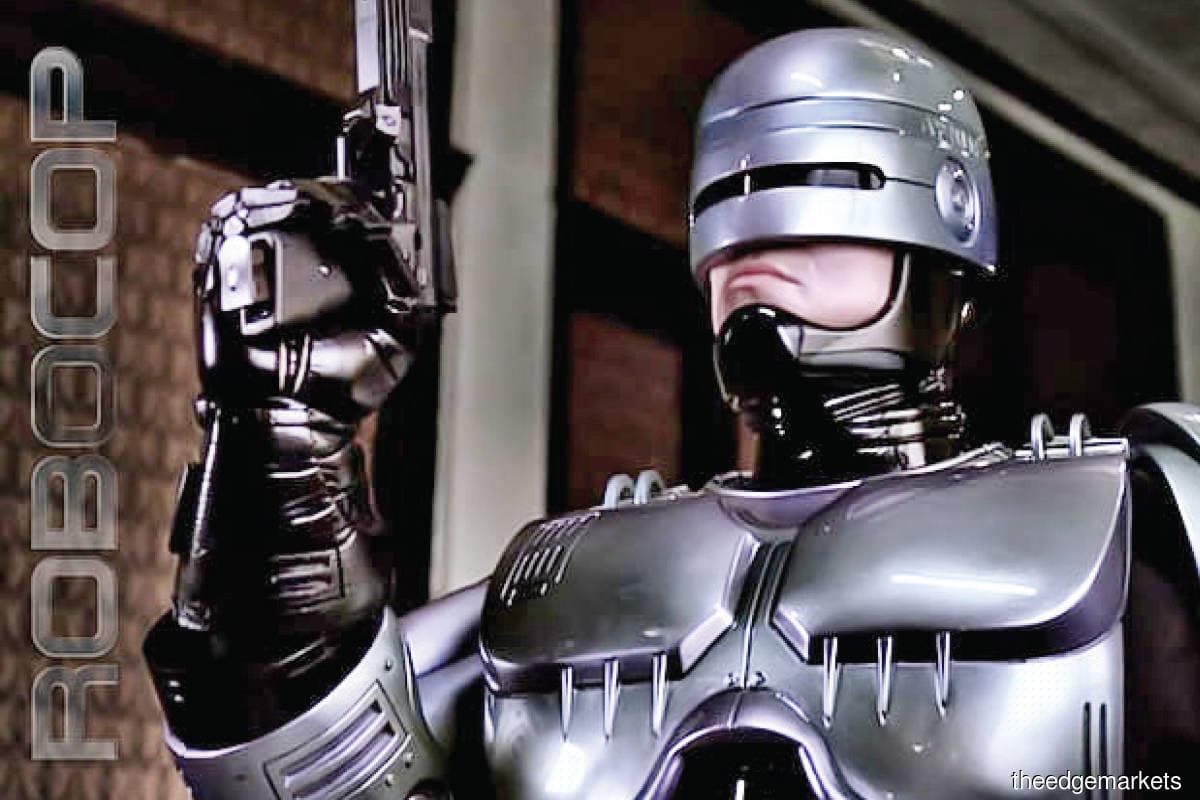
This article first appeared in Digital Edge, The Edge Malaysia Weekly on March 29, 2021 - April 4, 2021
Ever wondered if the media portrays female and male robots with artificial intelligence (AI) differently?
To me, robots are supposed to be genderless since they mainly consist of software and hardware like metal, plastic and other electronic materials. Directors and creators, though, do not hold the same view — they often place gender traits on robots, especially in science-fiction movies.
I have always liked science fiction, be it movies or TV shows, as it can teach us a lot, such as how far technology can go and what our limits are. But the flip side is that it can replicate — and even magnify — our biases.
In movies, for instance, female robots or fembots are often used to satisfy a man’s egoistic or sexual pleasures. In Ex Machina (2014), fembots are imprisoned as well as physically and sexually abused.
In Cherry 2000 (1987), with the tagline “blonde, beautiful and forever young”, fembots have adopted pleasure and care duties, like cooking and cleaning as well as performing emotional labour, in an attempt to create man’s ideal partner. These bots are marketed as “robotic women” and are indistinguishable from actual women.
They effectively act as the perfect male property.
Besides shining a light on existing harmful gender norms and stereotypes, these portrayals could also reinforce them. They reflect the male-dominated world of tech. Most apps, gadgets and advanced machines are designed by a non-diverse group of people, typically men, and this has resulted in an actual bias.
It also begs the question, should a line be drawn? Are male directors and creators just using fembots as a vehicle for their fantasies? Probably.
Even male robots are sometimes portrayed in a stereotypical manner, often with the theme of hypermasculinity.
Hit movies and franchises such as Transformers (2007-present), Terminator (1984-2019) and RoboCop (1987-2014) all involve robots with stereotypical masculine traits. Even Optimus Prime, the leader of the Autobots (one of the factions in Transformers), adopts the voice of men, using mostly men’s recordings to communicate.
This portrays men as speakers, leaders, protectors, fighters and killers. However, since there are more movies on male robots than fembots, the representation of male robots in movies is more diverse.
Fembots can sometimes fight too, like those in the cult classic Austin Powers — though they fight in a blatantly sexualised way, using their chest-bra-guns.
In the Star Wars mega-franchise, beloved and loyal robot companions such as R2-D2 and C-3PO are shown as friendly droids, which can even partake in banter and humour. The robots’ frames are genderless in nature, while C-3PO appears to have a normal guy’s stature.
Robot movies are supposed to be futuristic but most of them adopt old, rigid ways of thinking — “Men do this, women do that”.
Thankfully, there are now more movies that showcase more than just the bodies of female robots. However, they are still in the minority.
In Her (2013), an AI-powered operating system (OS) assumes a fembot role as Scarlett Johansson’s voice is used, only for it to cause the main character to fall for her. In Alita: Battle Angel (2019), Alita — a battle cyborg — attempts to find her past identity.
Stereotypical depictions are a part of a larger problem. Harmful gender stereotypes and roles as well as “rigid constructions of femininity and masculinity” are the root cause of gender-based violence, according to a 2018 report by the United Nations Human Rights Council.
And it is clear that the problem is universal, from the recent male violence against women (VAW) cases we have seen in our country to the murder of Sarah Everard in the UK at the beginning of March, which sparked protests across the nation.
Everard had been walking home while on the phone with her boyfriend when the call was abruptly terminated, according to reports in The Guardian. Her remains were eventually found in the woodlands in Kent, and the suspect is a serving Metropolitan police constable, it adds. The common belief is that “she did everything right” — namely adopting the security measure of being on the phone with someone while commuting alone — but still got in harm’s way.
Women should be able to safely exist but this is not always the case. They are now using platforms such as Twitter and Instagram to create and amplify posts on their personal experiences with day-to-day violence, in what Forbes calls a “social media movement”.
Media depictions and representations do not have to be gender-biased, and robots should be used to break these stereotypes. Let’s go beyond normalising stereotypes and portrayals of male VAW, even if the “women” in question are fictional.
Save by subscribing to us for your print and/or digital copy.
P/S: The Edge is also available on Apple's AppStore and Androids' Google Play.
